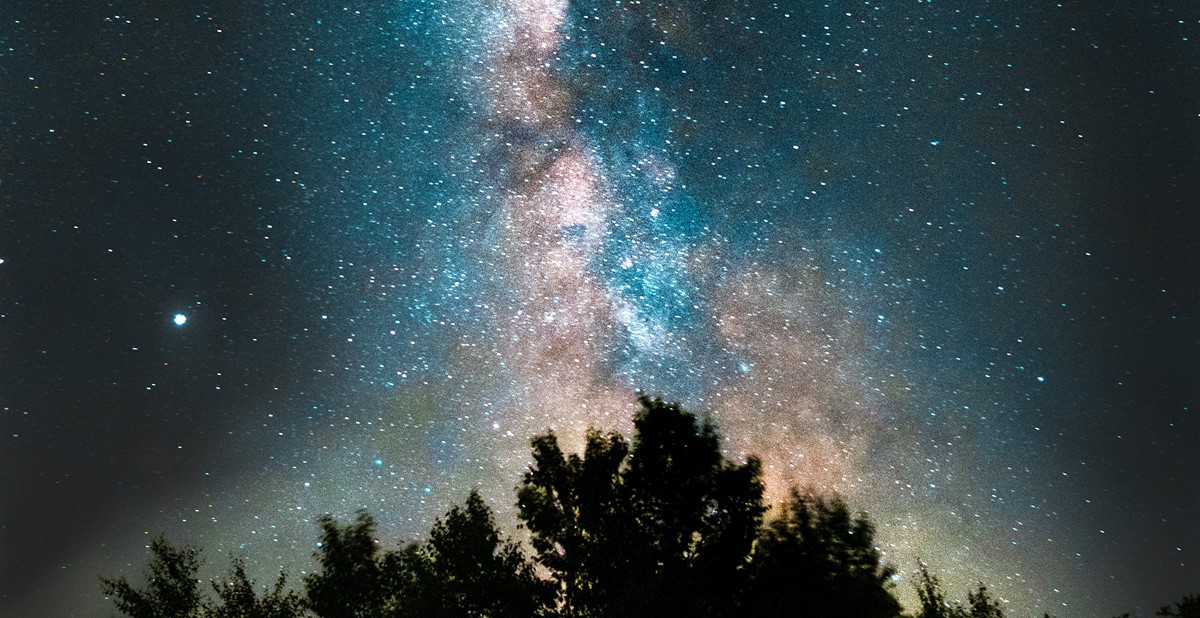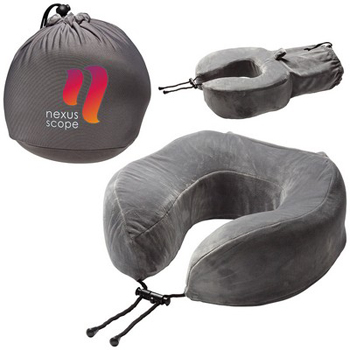Brandable: Stargazing: The Space Age Products Already In Our Pockets

The thrilling new pictures of our very old universe from NASA’s James Webb Space Telescope have people thinking about the final frontier and wondering what the next exciting revelation will be.
But the innovation and tools needed for space exploration have been changing lives here on Earth for decades. Many of the products we now take for granted were literally space-age developments.
Here are five everyday innovations you might not know have their roots in rocket science:
1. Filtered Water
One of the first challenges of human spaceflight was figuring out how to provide astronauts with clean, drinkable water – without hauling a huge, heavy tank of it into space along with them. NASA developed water filtration systems in the 1970s using cartridge filters and iodine that are still in wide use to provide safe, delicious drinking water. The result: Branded tumblers to infinity and beyond.
2. Freeze-dried Snacks
If you enjoy crunchy freeze-dried berries, you have NASA to thank. To maximize nutrients with minimum weight, NASA developed a technique for freeze-drying food that retains 98% of the nutrients and weighs only 20% as much as the original. This method makes snacks more portable and practically non-perishable.
3. Memory Foam
Backs around the world owe a hearty “thank you” for the comfort afforded by memory foam (aka temper foam), originally developed as cushioning to make the astronauts’ seats more comfortable during 3G liftoff, as well as better protection in case of a crash. Now this cushy space-age material is found everywhere from mattresses to shoes to travel pillows.
4. UV-blocking Sunglasses
Scratch-resistant plastic lenses were developed by NASA scientists in the early 1970s, followed a decade later by UV-filtering technology originally meant to protect welders’ eyes. The inventors quickly realized that their light-filtering, vision-enhancing system – based on dyes and tiny particles of zinc oxide – could be used for sunglasses, too. In 2010, their technology was inducted into the Space Foundation’s Space Technology Hall of Fame, which honors products born in space research that also improve lives on Earth.
5. Wireless Headphones
NASA has always been on the cutting edge when it comes to advancing communication technology, and engineers started working with partners in the early 1960s to develop better headsets so astronauts could communicate hands-free. These early wireless headsets gave rise to the wireless earbuds and headphones we take for granted today.


The ergonomic U-shaped Snuggle Memory Foam Neck Pillow features a plush polyester shell, a pillow clasp and tightener and an attached draw-cord pouch where you can showcase your brand.
Ariel Premium Supply, Inc. / PPAI 161650, S11 / ArielPremium.com

Fully rechargeable, the Noise Cancelling Foldable On-Ear Stereo Gaming Wireless Headphones provide deep bass and extended audio range in a foldable design for easy carry.
Nolwenn LLC / PPAI 747582, S3 / Nolwn.com

